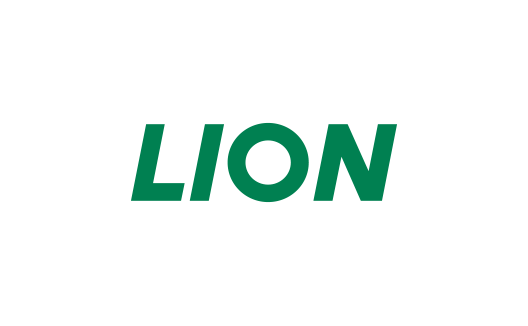- 30-year-old mainframe with aging legacy applications
- Mainframe data that could not be used for business intelligence
- Aging applications and system complexity that were affecting performance
- High maintenance and support costs that left no budget for new development
- Maintenance resources that were retiring with few replacements available
It sells detergents, hair care and skin care products, kitchen products, healthcare products, toothpaste, toothbrushes and more. In 2018, LION’s revenue was $3.26 billion.
In addition to selling to Japanese consumers, LION exports toothpaste, toothbrushes, soap, detergent, hair and skin care products, cooking supplies, and medicines to overseas companies.
The mainframe system that runs LION’s business functions was more than 30 years old. Since then, system functions have been added and changed extensively to address changes in the work and management environment. Although it had performed efficiently for years, after three decades, several issues had begun to occur in the systems. For example, mainframe data could not be used for data analysis such as business intelligence.
Aging applications and system complexity due to long-term use were affecting performance and finding and keeping skilled resources for maintenance was difficult. And, the cost to support and maintain the mainframe and systems was so high that there was little-to-no IT budget left for new development.
LION knew it was time to address the aging mainframe, its legacy applications, and overly complex data management. They considered a rebuilding option, but rejected it because of its difficulty, high risks, and questions around accessing source codes. Instead, they decided to migrate the host systems on the mainframe to a virtual server to reduce maintenance costs and total cost of ownership.


